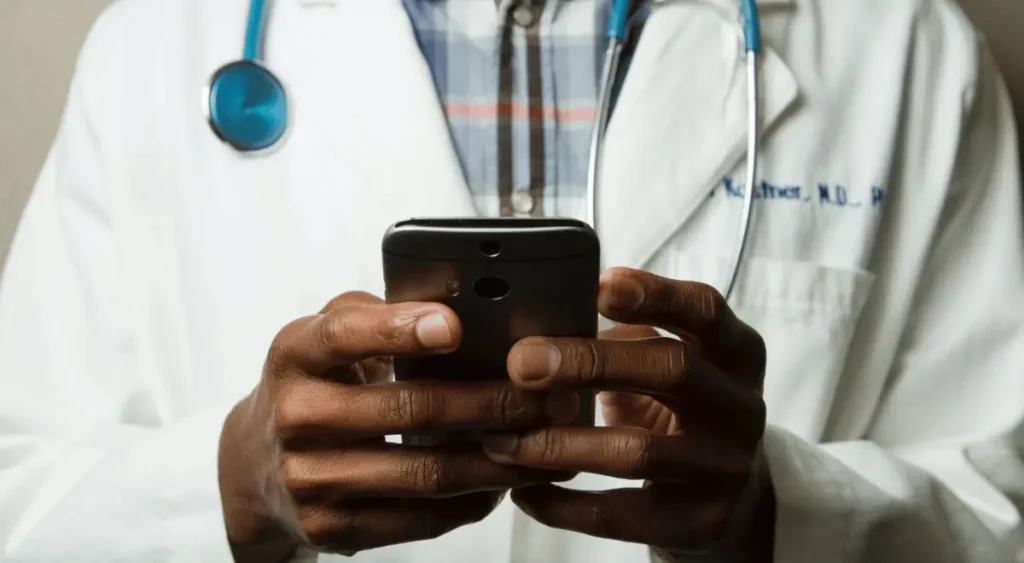CPT Code 99453

Discover comprehensive insights into the 99453 CPT Code. Dive deep into the CPT 99453 description, understand CMS guidelines, and unlock the secrets of effective reimbursement.
Equip your organization with the knowledge to leverage remote patient monitoring to its fullest potential. Stay ahead in healthcare with our detailed guide on CPT 99453. Begin your journey to enhanced patient care and optimized billing today!
Table of Contents
ToggleIntroduction to RTM CPT Code 99453
CPT 99453 represents the initial setup and patient education on the use of remote patient monitoring devices. This CPT code 99453 is an integral part of the remote patient monitoring healthcare system, allowing providers to monitor patients outside the conventional clinical setting.
Who Qualifies for CPT Code 99453?
For healthcare organizations, doctors, and care providers aiming to implement the CPT Code 99453, understanding the precise coding criteria is paramount. The CPT 99453 guidelines outline specific requirements that patients must meet before initiating services.
By adhering to these technical criteria, care providers can ensure that they are not only compliant with the RPM CPT Code CMS guidelines but also positioned to offer the highest standard of remote patient care.
- E/M Code Association
CPT 99453 is invariably billed with an E/M code, ensuring a comprehensive approach to patient care.
- Consent Documentation
Consent must be obtained and meticulously documented by entities providing RPM services under contract. This documentation should be in place at or before the initiation of services.
- Patient Enrollment
New patients or those who haven’t consulted a physician in the preceding 12 months must be enrolled in the RPM program via an in-person visit. This ensures a hands-on assessment before transitioning to remote monitoring.
- Code Compatibility
Providers have the flexibility to use the 99453 CPT code concurrently with other service periods, such as Chronic Care Management (CCM) codes (99487-99490), Transitional Care Management (TCM) codes (99495-99496), and Behavioural Health Integration (BHI) codes (99484, 99492-99494).
What Devices Are Used for the 99453 CPT Code?
For the effective implementation of CPT 99453, a specific set of FDA-approved RTM devices is predominantly utilized. These major devices include:
- Blood Pressure Monitor
- Glucometer
- Pulse Oximeter
- Spirometer
- Thermometer
- Weight Scale
- & More.
These devices are essential in collecting vital health data, which is then transmitted to healthcare professionals for evaluation, as per the CPT 99453 description.
Billing Criteria For CPT Code 99453
The billing criteria for CPT 99453 are comprehensive and designed to ensure that remote patient monitoring is conducted effectively. Here are the key 99453 billing guidelines to consider:
- Episode of Clinical Treatment
CPT 99453 can only be billed once per clinical treatment episode. This stipulation remains valid irrespective of the number of physicians treating the patient or the variety of RPM devices in use.
- Qualified Professionals
Only those medical professionals and non-physician practitioners (NPPs) who are qualified to provide evaluation and management (E/M) services are eligible to bill for RPM services under CPT 99453.
- Continuous Servicing Charges
For the monthly charges associated with the supply of the device and the treatment services, providers should refer to CPT Codes 99454, 99457, and 99458.
- FDA-Approved Devices
The devices employed for RPM must align with the FDA’s definition of a medical device. This ensures the accuracy and reliability of the data collected.
- Wireless Data Syncing
The data collected by the RPM device should be wirelessly synced, facilitating its evaluation by healthcare professionals. This seamless transmission ensures timely interventions and enhances patient care.
Let HealthArc Streamline Your CPT 99453 Billing Process
HealthArc’s digital health platforms streamline Remote Patient Monitoring (RPM) billing ensuring that your practice can efficiently document and claim these vital services. Our platform assists in tracking the time spent on patient care, making the billing process transparent and compliant with CMS guidelines.
Please request a free demo to learn about how we can help your organization achieve its remote patient monitoring, management, and billing goals.
Most recent blogs
Categories
- Advanced Primary Care Management
- Behavioral Health Integration
- Cellular Remote Patient Monitoring
- Chronic Care Management
- Chronic Care Management Billing
- Chronic Care Management CPT Codes
- Chronic Care Management Program
- Chronic Care Management Software
- Digital Health Platform
- Principal Care Management
- Principal Care Management CPT Codes
- Remote Care Programs
- Remote Monitoring Devices
- Remote Patient Care
- Remote Patient Monitoring
- Remote Patient Monitoring Billing
- Remote Patient Monitoring CPT Codes
- Remote Patient Monitoring Devices
- Remote Patient Software
- Remote Therapeutic Monitoring
- Remote Therapeutic Monitoring Billing
- Remote Therapeutic Monitoring CPT Codes
- Telemedicine & RPM
- Transitional Care Management
- Transitional Care Management Billing
- Transitional Care Management CPT Codes
Related Posts
- March 14, 2024 | Read Time: 4 mins
Addressing Gaps in Remote Care With Virtual Care Management
- February 6, 2024 | Read Time: 5 mins
CPT Code G0511 For FQHCs & RHCs
- December 25, 2023 | Read Time: 3 mins






